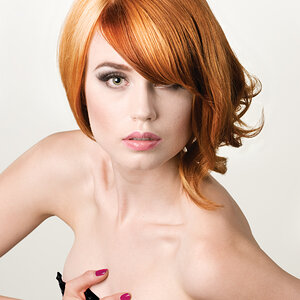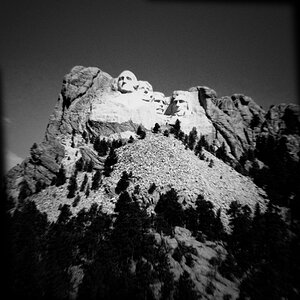shadowlands
No longer a newbie, moving up!
- Joined
- Oct 9, 2009
- Messages
- 1,502
- Reaction score
- 383
- Location
- Houston, Texas
- Website
- www.flickr.com
- Can others edit my Photos
- Photos NOT OK to edit
I'm generally stuck in Matrix Metering. But I've messed with Spot Metering a little lately.
What is the "norm" for portraits? Is there a norm, and why?
Say you're doing a head-shot... spot would be the better option?
But if you're doing a group of four people, spread out... Matrix?
I may be off track. Seeking adivce.
What is the "norm" for portraits? Is there a norm, and why?
Say you're doing a head-shot... spot would be the better option?
But if you're doing a group of four people, spread out... Matrix?
I may be off track. Seeking adivce.



![[No title]](/data/xfmg/thumbnail/40/40356-883c642c8d24d2709b359f9c8b196fcf.jpg?1619739437)
![[No title]](/data/xfmg/thumbnail/42/42279-f60778d39180ee6cd87fc84a15559b96.jpg?1619740087)






![[No title]](/data/xfmg/thumbnail/37/37098-71ca7ea318288ab459358b6e9c9a7a8d.jpg?1619737881)

![[No title]](/data/xfmg/thumbnail/42/42230-fa8ace50a80342c7d91db1431f911bab.jpg?1619740048)